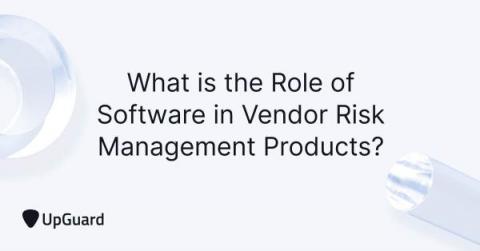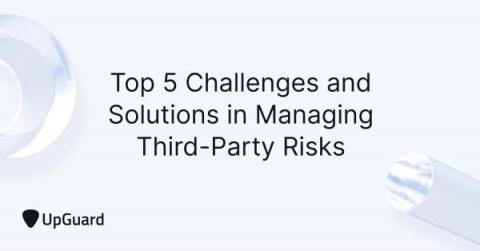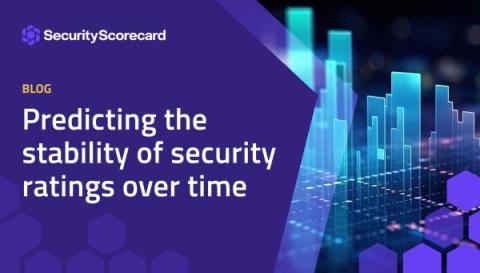Security | Threat Detection | Cyberattacks | DevSecOps | Compliance
Risk Management
Supply Chain Resilience: 4 Ways to Get Ahead of Third-Party Cyber Risk
How to Conduct a Vulnerability Assessment
What Role Does Procurement Play in Supply Chain Risk Management?
Top 5 Challenges and Solutions in Managing Third-Party Risks
Predicting the stability of security ratings over time
The concept of ratings has been the accepted standard for making investment decisions. The first commercial credit reporting agency, the Mercantile Agency, was founded in 1841. While this relied on largely subjective methods of evaluation, it wasn’t until the 1960s, when credit reporting became computerized, that the industry consolidated and took off. Since then, credit and financial ratings models have progressed to become objective and trustworthy data points that inform lending decisions.
Road to DORA and PS21/3 Compliance: Leveraging Technology to Reduce Risk
Introducing Bitsight Third-Party Vulnerability Response
Cybersecurity's Crucial Role Amidst Escalating Financial Crime Risks
In an era of escalating financial crimes, the spotlight shines brightly on the rising concerns in the realm of cybersecurity. According to a recent survey, a staggering 68% of UK risk experts anticipate a surge in financial crime risks over the next year. These apprehensions echo globally, with 69% of executives and risk professionals worldwide foreseeing an upswing in financial crime risks, predominantly fueled by cybersecurity threats and data breaches.








